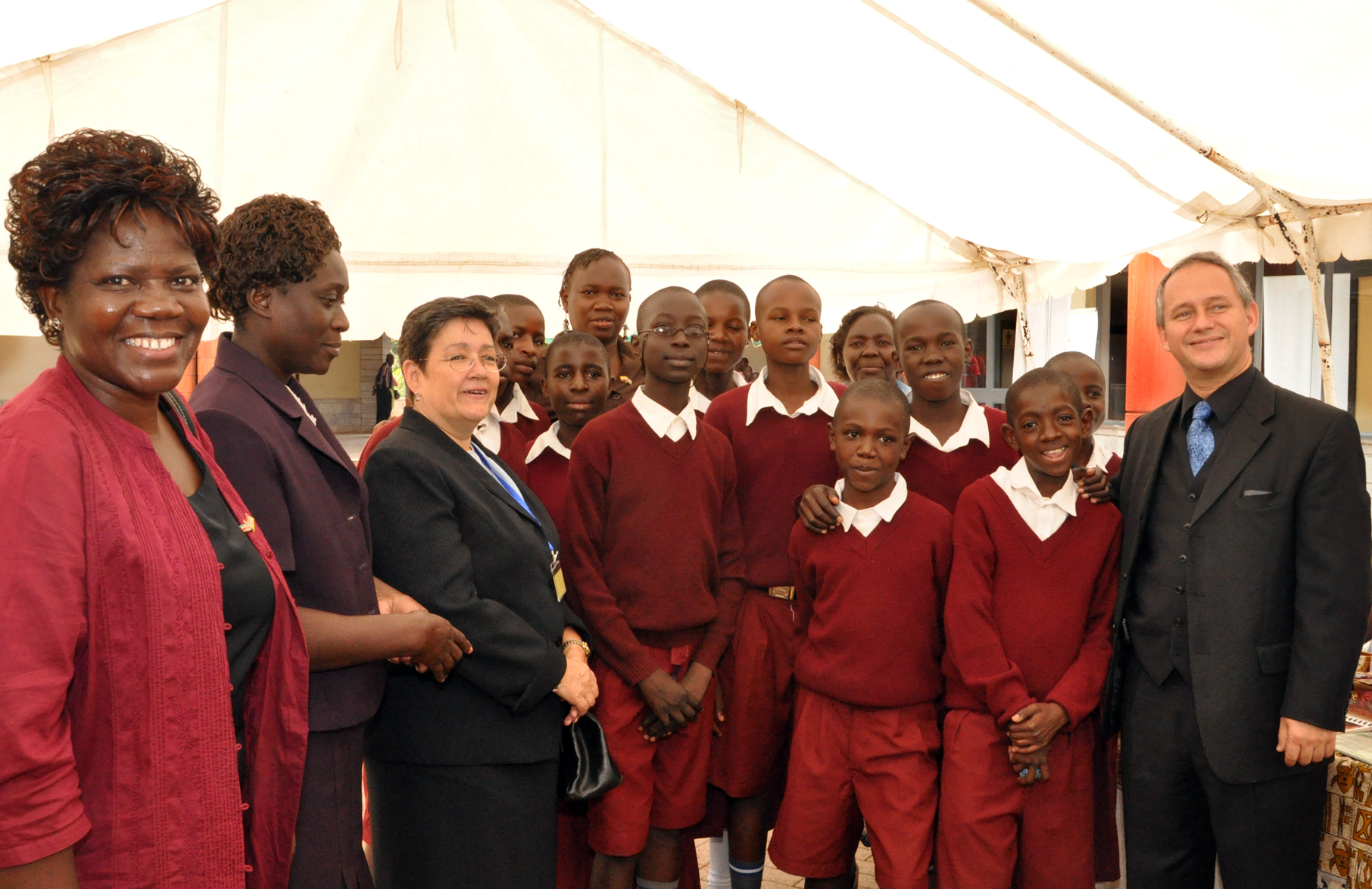Agriculture41
-

Gates Gift to Work Toward Millennium Development Goals
The Bill and Melinda Gates Foundation recently renewed its support for science and policy innovation to help impoverished countries achieve the Millennium Development Goals with a $15,000,000 multi-year grant.
-

The Buzz on Elephants
African-born, Oxford-trained biologist Lucy King recently won an award for a promising solution to a longstanding problem in Africa—elephants raiding crops.
-

Rethinking Our Food System to Combat Obesity
The Earth Institute’s Urban Design Lab and MIT Collaborative Initiatives joined to investigate the issue of obesity through the prism of design. Their conclusion: “No single effort to curb childhood obesity will be sustainable or effective on a broad scale if the larger food system is not addressed.”
-

The Sustainable Development Seminar Series Returns
“Natural and Manmade Disasters: Lessons for the Future” kicked off the seminar series on October 18 with presentations about the Haiti Earthquake of 2010, the BP Deepwater Horizon oil spill in the Gulf of Mexico of 2010, and the 2011 tsunami and earthquake that damaged the Fukushima nuclear power plant in Japan.
-

Addressing Gender Inequality Through Agriculture
It has been well-documented that increasing women’s financial power is one of the most effective ways to develop a country (see: World Development Report 2012: Gender Equality and Development). Mali is no exception, but due to laws that limit the amount of land women can hold, Malian women work mainly on small plots as horticulture…
-

Achieving Water Sustainability in Ceará, Brazil
Achieving sustainable water sustainability in Brazil’s semi-arid northeast will involve more than just building pipes, pumps and water towers: it will require significant changes in the ways water is monitored, distributed and used throughout the region.
-

Farmers, Flames and Climate: Are We Entering an Age of ‘Mega-Fires’?
For millennia, people have set fires to clear land for cultivation, pastures or hunting; so-called slash-and-burn agriculture is still common across much of tropical Africa, Asia and South America. It has been a useful strategy–but …
-

Sauri Millennium Village school feeding program gains Kenya-wide attention
Fourteen year old Eugene Obare and his friends from Nyamuninia Primary School in Sauri Millennium Village were invited to address a packed amphitheatre of delegates at the International Food Fair, organized by the National Museums of Kenya in Nairobi on October 7th. They are a new breed of happy, confident kids in rural Kenya who…
-

7 Billion on 10/31: The Numbers Can Be Scary
You can now watch the tape of “The World at 7 Billion: Sustaining Our Future,” the Earth Institute’s panel discussion held at Columbia Oct. 17 and featuring the presentation by Professor Joel E. Cohen on the “good and bad news” behind the growing world population.

AGU25, the premier Earth and space science conference, takes place December 15-19, 2025 in New Orleans, Louisiana. This year’s theme—Where Science Connects Us—puts in focus how science depends on connection, from the lab to the field to the ballot box. Once again, Lamont-Doherty Earth Observatory and Columbia Climate School scientists, experts, students, and educators are playing an active role, sharing our research and helping shape the future of our planet. #AGU25 Learn More
